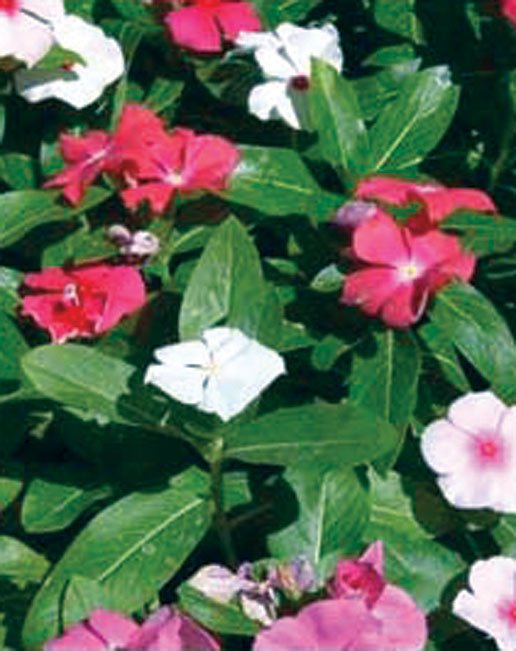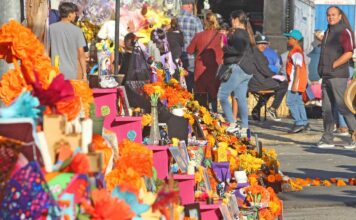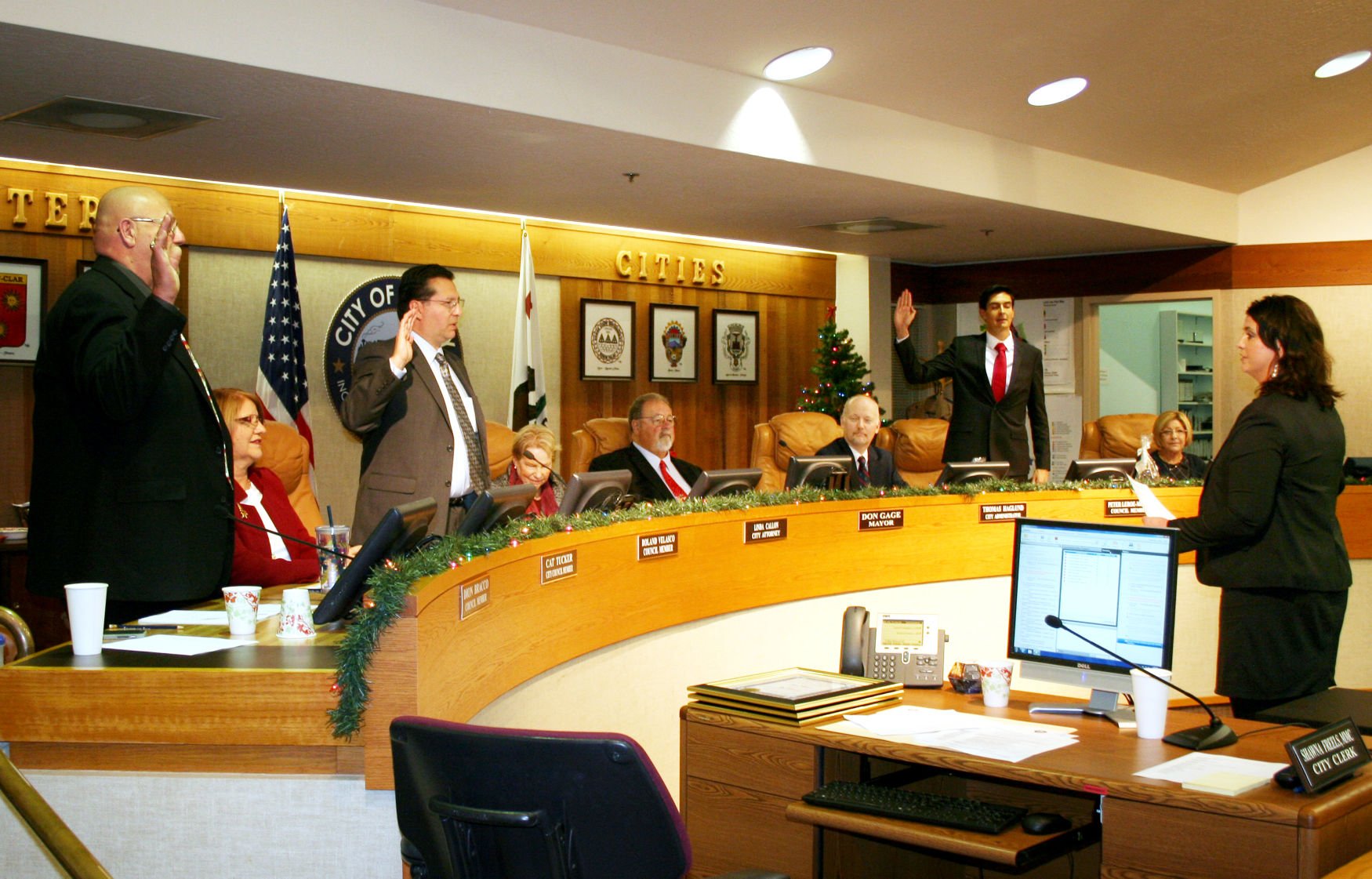Our most patriotic of all holidays is upon us. And with the
Fourth of July usually comes hot weather. So, let’s get into the
red, white and blue spirit by going over plants and flowers that
thrive in our hottest weather.
Our most patriotic of all holidays is upon us. And with the Fourth of July usually comes hot weather. So, let’s get into the red, white and blue spirit by going over plants and flowers that thrive in our hottest weather.
Things like geraniums, marigolds, petunias, salvias and vinca roseas will certainly thrive in our hot weather, planted in the hottest part of the garden. Then, there are many tropical plants and vines that require hot weather. Things like hibiscus, lantana and bougainvillea.
Most home gardeners are familiar with the first four flowers mentioned, but may not be sure about vinca rosea. This vinca should not be confused with the groundcover of almost the same name. Vinca minor or Vinca major are groundcovers that feature tiny purple flowers.
Vinca rosea, on the other hand, is a summer annual that features impatiens-like, four-petaled flowers on upright-growing stems. Flowers are usually two to three inches in diameter, and come in purple, lavender, red, pink, white and bicolors. Vinca rosea is one of my favorite hot weather bedding plants because they’re not as common as others and you won’t see them in everybody’s gardens.
Geraniums, marigolds, petunias and salvias are much more common. However, even in these common plants you can find diversity. With geraniums, you can get different heights from 6 inches to 18 inches, with different leaves from green, green with a slight zone and even leaves that are almost entirely covered with a brownish zone. Marigolds don’ just come in orange and yellow anymore, but have reds, maroons, gold and cream colors. The same is true with salvias, which used to be mostly red or purple. Now, you can find salvias in salmon, lavender and striking bicolors. Petunias are the utility player of summer annuals in that they come in dozens of colors, and you can get upright or trailing varieties.
As for those tropical plants like hibiscus, lantana and bougainvillea, now is the best time to get them planted. You want to give them all summer and fall for their roots to get established before our winter frosts hit. If you remember, last winter was devastatingly cold here, and many tropicals died. Have a better chance this coming winter by getting them planted now.
With tropical vines like bougainvillea, enhance your chances even more by planting against a south-facing wall or fence. The wall or fence will provide hotter reflective heat, which these tropicals thrive in. Try not to overfertilize or overwater bougainvilleas because the plant’s energy will go into making lush green leaves instead of flowers.
And what’s a Fourth of July without some fireworks? There’s the firecracker flower (Dicheslostemma ida-maia). This unusual woodland plant blooms clusters of 6 to 20 pendulous, tubular flowers. What’s unique here is the flowers resemble tiny firecrackers. They are scarlet flowers with green tips. Plants bloom from May through August, and can grow to 3 feet.














